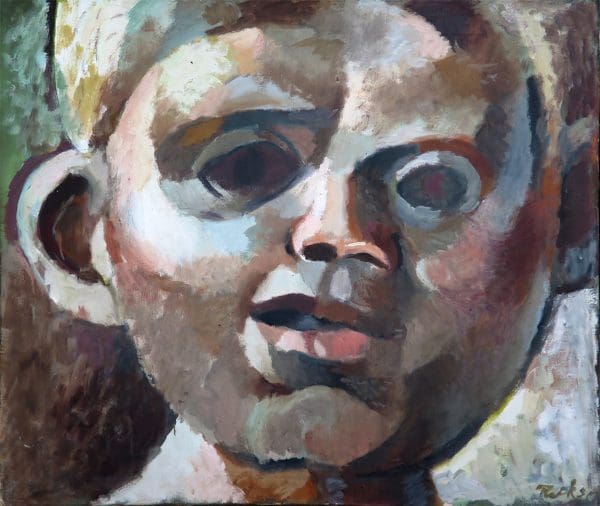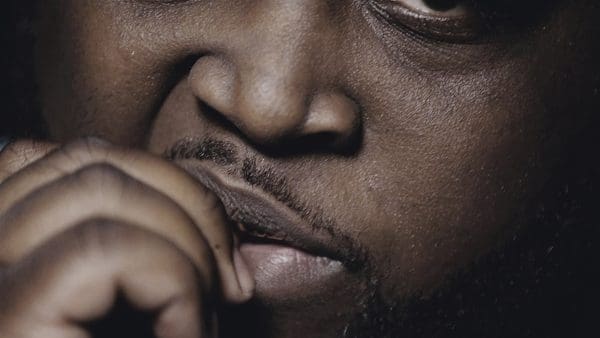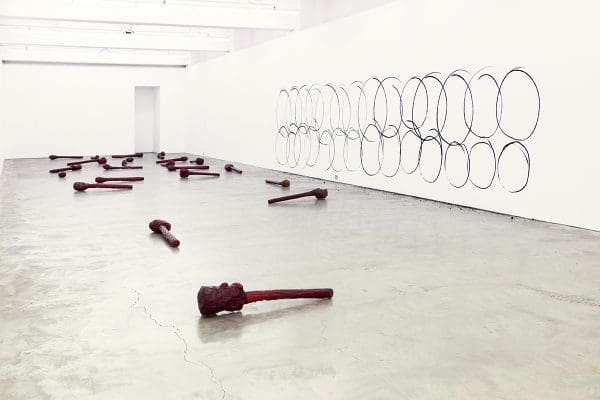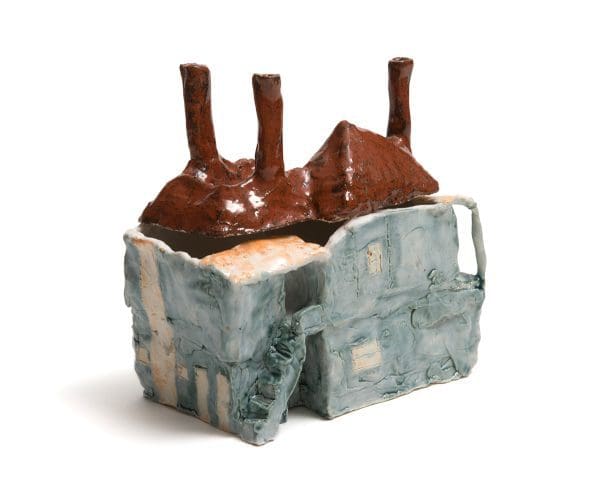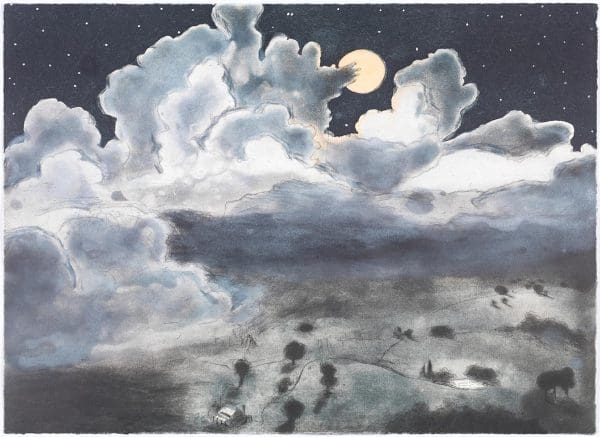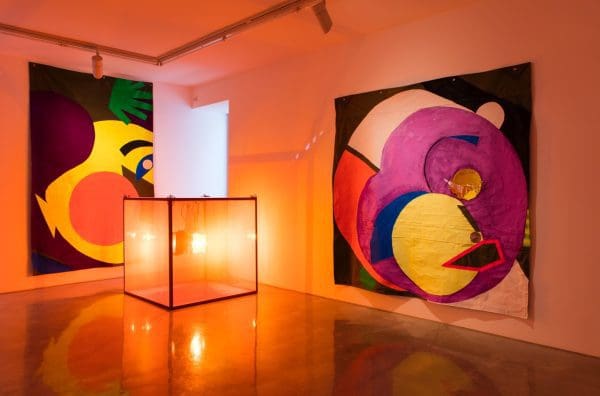
Justene Williams: Project Dead Empathy
Justene Williams was on the road to Sydney when we first spoke ahead of her solo exhibition, Project Dead Empathy, at Sarah Cottier Gallery.
Justene Williams was on the road to Sydney when we first spoke ahead of her solo exhibition, Project Dead Empathy, at Sarah Cottier Gallery.
Hugo Michell opened his eponymous gallery in Adelaide at a hazardous time – it was late in 2008, and the GFC was in full effect.
Love takes many forms. In Love From Damascus: The art of devotion in Islam, love is expressed through prayer, spirituality, hospitality, friendship, and sex. It is woven into textiles and adorned with gold leaf; shaped into silverware and glazed into tiles and pots.
Watters Gallery, which opened in 1964, is staging its final exhibition, a selection of figurative works from the estate of Tony Tuckson, a painter known primarily as a gifted abstractionist.
With an ongoing attentiveness to questions of identity and performance, Lili Reynaud Dewar’s exhibition TEETH, GUMS, MACHINES, FUTURE, SOCIETY, looks at how bodies both carry history and respond to place.
The art that emerges here has little to do with wearability, instead it has generated work that may conceal the body as much as reveal it.
The early evening launch of Daniel Boyd’s Rainbow Serpent could not have been better timed. After stepping into the darkened gallery space, soft evening light spilling through circular cut-outs at the far end of the room immediately captures my attention.
In the new exhibition at Anna Schwartz Gallery, KINDNESS IS SO GANGSTER, a part of the Melbourne International Arts Festival program, Parr presents his likeness in a new medium: glass.
Josh X Muir at the Koorie Heritage Trust in Melbourne is the culmination of a year’s work that has seen Muir venture further into the digital realm.
Handmade ceramics are often described as possessing the marks of their makers. Like an extension of the individual, the clay form is born from within the maker, a direct conduit of imagination and memory.
“The gallery spaces are flooded with energy; it is an amazingly uplifting and joyful feeling,” Terence Maloon exclaims. “I know that that sounds like a strange thing to say, but I can swear it.”
How to make her long-term partner Chris Wallace-Crabbe’s poem The Universe Looks Down into a cohesive and interesting set of art pieces was Kristin Headlam’s central concern when creating her series of etchings that function together as an artists’ book, and as works in themselves.


